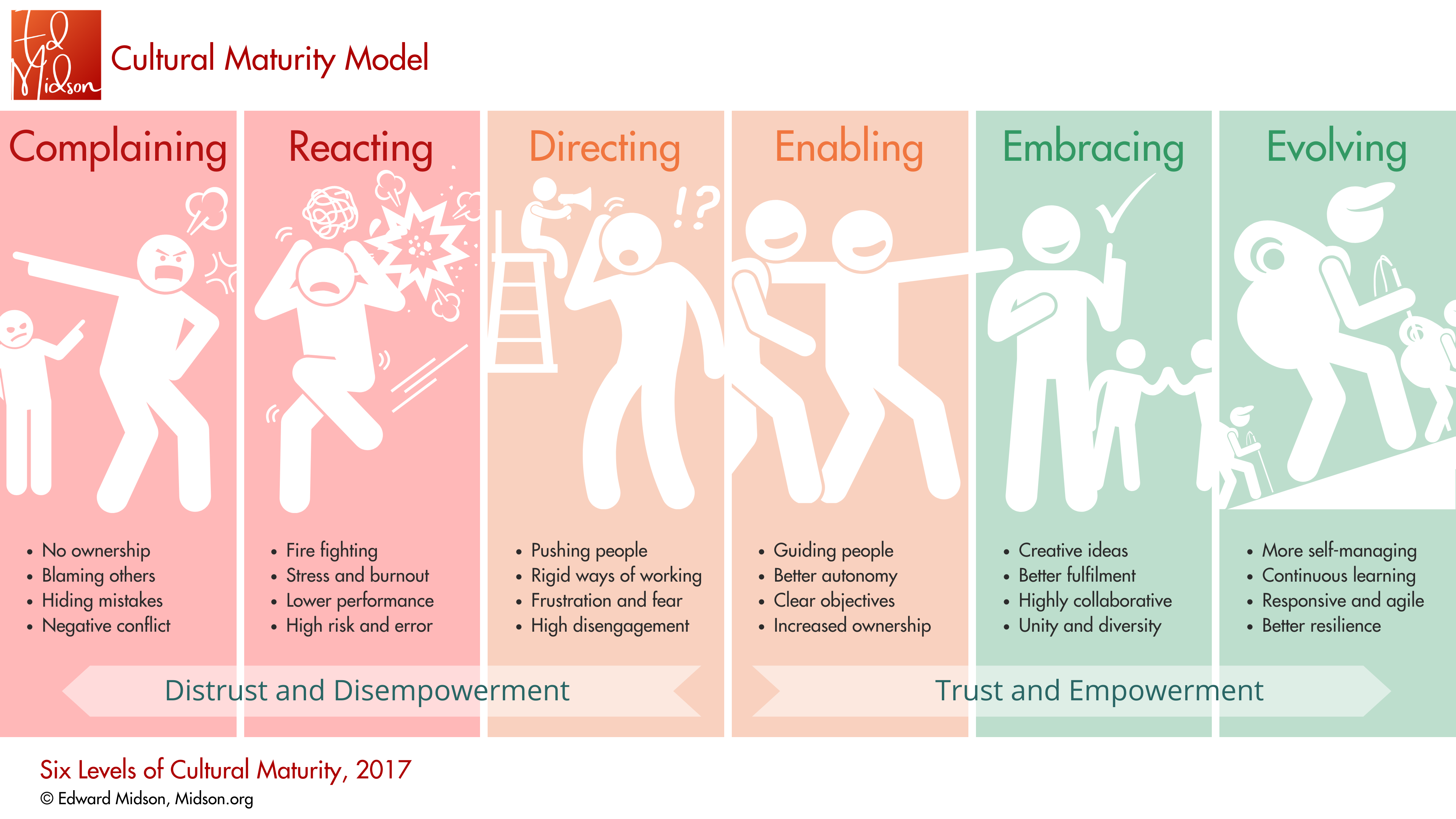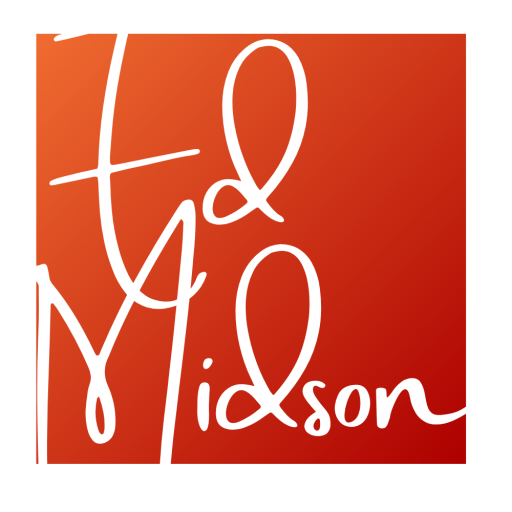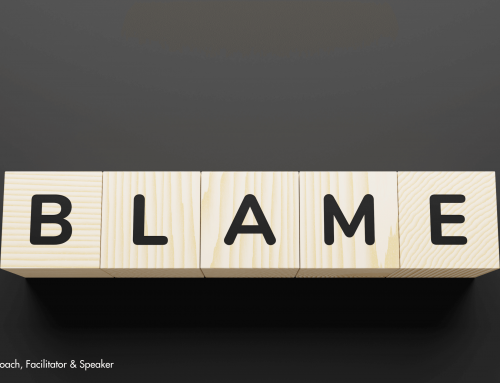The Cultural Maturity Series:
Introducing a model for ‘Cultural Maturity’
[12-min read]
As a practitioner I’ve always advocated that work is a place where people should thrive. We spend so much of our waking hours in vocation, and it is important to me that people feel connected, supported, valued and fulfilled while doing so. But, by 2017, my career up until this point had to a large extent seen examples of where this wasn’t the case. While I observed pockets of flourishing within many teams, the vast majority of the organisations I found myself in were dysfunctional and “messy when it comes to the people stuff”, as one leader put it to me.
It was around this time, while working within an organisation suffering from some pretty significant cultural issues, I became inspired to create the first version of the cultural maturity model upon which this series is based. Having observed organisational life for around a decade and fallen in love with books like Reinventing Organisations by Frederic Laloux it occurred to me that organisations did not have a simple roadmap for benchmarking where they were at on their journey towards being a highly evolved entity.
In this short series we will look at each of the six levels of cultural maturity. But first, I’d like to show you the model and tell you a little about it.

This is a really simple version of the roadmap, providing just a few of the normative indicators that tend to exist at each level of maturity. It is likely you’ll look at this model and notice some of the indicators occurring at multiple levels of maturity within your own organisation, and this is perfectly normal. Even as individuals we do not always operate at our most evolved state of being. In fact, sometimes we can become quite unevolved given the circumstances we find ourselves in. This is why I call the model a roadmap rather than a diagnostic, because as groups of people we can travel up and down this road, be it together or alone.
Where the framework can hold value is in the collective awareness it can create. For example, how much time an organisation, group or individual spends in these locations might indicate the level of maturity being used. Note, I did not say the level of maturity a person has or is. This is not about one’s identity, it is about the behaviours we feel compelled to display in response to the environment we’re in.
Another big factor that can influence the maturity we see in each other is the style of internal narrative each of us has playing out. And, because perception is projection (which is a fancy way of saying what we think or focus on we feel, see and manifest more acutely) internal narrative is something that is a key place to look when trying to develop cultural maturity. That being said, practitioners need to be careful with this, because we should acknowledge and respect a person’s reality before we seek ways to change it. Moreover, if we do want change, we must first ensure readiness for it. So, spending time on seeking to understand is an absolute cornerstone of cultivating the change you want to see.
The goal of the roadmap is therefore a simple one, raise awareness. Ok, I admit, there is a secret mission underneath the goal; “Can we turn that awareness into action that leads entire communities of people toward a more flourishing existence in organisational life?” – I hope you’ll agree this is a nice goal and mission to have. This series aims to inform a little more of what goes on at each level of maturity, and what steps we can take mindfully to move the culture forward. Perhaps it is sensible to reiterate the cliché we’ve come to know and love; “if it was easy everyone would be doing it already”. But from the outset let’s at least believe it’s possible.
In terms of the research that underpins the model, I have been inspired by a number of well-respected publications. For example, Laloux, 2014; Maslow, 1965; Reason, 1998; Wilber, 2001. I then synthesised these into an integrative model that would make it easy to instinctively identify which levels are in use.
Overview of Roadmap Elements
The Continuum – Trust and Empowerment
You’ll notice there is a trust and empowerment continuum at the base of the model. This is because they tend to be the two universally important factors that drive the subsets of behaviours felt at each level of maturity.
I often liken trust to the FTSE100; things fluctuate in response to the market conditions, overall we want growth, and this happens over time, but occasionally there is a market crash. It is here trust erodes or dwindles. For some organisations these crashes are the beginning of their demise, others lean on unethical measures to survive, while some gain a new insightful leader who seeks out solutions to repairing the damage in the most inspiring ways. We come to love and admire those leaders.
While leaders must own responsibility for the level of trust that exists within their organisation, it is every single one of us that contributes towards it. For this reason, trust must be understood in a much wider context. If we can’t understand the basics, and how our behaviours can damage trust we stand little chance of preserving it.
This is fundamental. Why then do some organisations try to ignore this issue? My guess? Because in trust is vulnerability. Leaders who know they have contributed to a low trust environment are likely to feel shame about it, or shame about the things that the low trust environment enables them to keep hidden. For example, the inner imposter telling them they are not good enough and could be found out. The point is we are all vulnerable. Not collectively owning that and being kind enough to allow for imperfection is one of the very things that drives a low maturity culture. This becomes a self-perpetuating issue as a key solution to escaping the by-products of shielding our vulnerability is to get more vulnerable… so it’s easy to see how hard a shift this can be. But, shift it we must.
Empowerment in this context is different. This is the positive energy that fuels the organisation. The organisation relies on this for performance and innovation. Where disempowerment exists the only energy drive left is that of fear and threat system based leadership. These are horrible places to work, and if you allow me to use the odd “should” here and there, I would say we really should know better than to lead people in this way. However, extending some kindness to those leaders, many of them have a wish to do things differently. It is making it happen that is the challenge.
In order for a culture to mature, empowerment must abound. Put in an overly simple way, we have got to release control and draw on effective trust to foster the freedom and autonomy that will get the best out of people. This is not to say we can’t mentor, coach, course correct or take action to reduce risk. It is the approach to these things that can be a useful place for reflection. For example, when have you learned the most powerful lessons in your career? Was it when everything when right? Or perhaps when something when pretty badly wrong?
Learning can be painful, as can innovation, but the pain is often necessary. Environments that use these learning experiences constructively leave empowerment in place when things are not perfect. Organisations that do not, appear to remove empowerment as a way to manage risk, and this in turn can damage the culture.
Hopefully the above demonstrates some of the thinking behind the continuum and its importance when considering cultural maturity. In the next article we’ll take a closer look at the complaining culture and what we can do to address this level of maturity. In the meantime, I have provided a brief overview of the six levels below.
The Levels – a brief overview
The Levels – a brief overview
The Complaining Culture – It may seem self-explanatory, but there are actually several forms of complaining culture, some more damaging and unhealthy than others. While it is normal for people to complain, where this becomes a cultural concern is when some of these behavioural indicators are also present:
- Taking little or no responsibility for mistakes and the outcomes of work
- Blaming others when things go wrong or even hiding mistakes
- Increases in a negativity atmosphere and combative unhealthy conflict
The Reacting Culture – This is a really common place for organisations to operate from today. In some ways the push towards an agile responsive culture is part of the long list of purveyors for what can lead organisations to become highly reactive. Although this is never the intention of agile methodology. A frequent issue in reactive environments is the speed at which decisions get made; being slow and bottlenecked at first, until things become urgent – then all hell can break loose! This is caused by hierarchical, disempowered cultures. The key characteristics of this culture can be described as:
- Fighting fires to address needs rather than being proactive and planned
- Lower productivity where people tend to perform less effectively
- Increases in stress levels, mental health absence, burnout and high risk of error
The Directing Culture – Command and control is often how many describe working in a directive culture. Like the reactive environment, hierarchy rules here and people can find it hard to work in such conditions. This is because most of us respond best to leaders that inspire us to use our autonomy and creativity to execute our role to the best of our ability. While good direction is sometimes a must, there are ways to do this that does not remove the agency of the workforce. Sadly, in these cultures the leadership can become so set in the ways of directiveness that it becomes highly threatening to even think of moving away from this style of leading. Common traits include:
- Pushing people to follow set rules and ways of doing things
- People tend to either be highly compliant or resistant to change
- Increases in fear, frustration, disengagement and staff turnover
The Enabling Culture – This is where things start to get more exciting, the independence breakthrough. Possibly the most marked difference within this culture is that of trust. Here the trust has reached a level where people can function more autonomously. While the leaders can still have teams on a fairly short leash, there is much more of a guiding hand approach to these cultures where people are encouraged to tap into their ability to drive things forward. Often this is the start of what can become a coaching culture among leaders. It’s also a place where many can easily regress back to lower forms of maturity. This is because the more evolved states take time to really get into the muscle so to speak. Commonly you’ll observe:
- Guiding people through challenging tasks, while giving them more autonomy
- People are clearer on their objectives and how they can take responsibility
- Increases in trust, better levels of empowerment and much more ownership
The Embracing Culture – The next layer of the cake after reaching the independence breakthrough of the previous level has got to be in-ter-dependence. Yes, here is where people begin to master practices like collaboration, destruction of silos and using healthy versions of conflict. In this level, organisations learn how it is better to embrace the full brain power of its workforce, uncovering the innovative genius of the whole. At last, the leaders are playing to their core strengths and are helping their people do the same. Of course, these wins are not always easy in their establishment. For the embracing culture to really work, ego and rigid viewpoints are not welcome or helpful. Typically, you’ll notice these kinds of behaviours:
- Creating more innovative ideas and outcomes that are collectively owned
- People are able to connect, collaborate and navigate conflict more easily
- Increases in alignment, unity, diversity, fulfilment and strengths orientation
The Evolving Culture – Few organisations find it easy to live in a fully evolved state. Many who try will have a good basis of enabling and embracing culture traits and then will pull on aspects of the evolving culture. Probably the first place to start is in cultivating a learning culture that is free from blame. This is not easy, because we naturally tend to try to blame, especially in the lower levels. But, you know you’re in an evolving culture when the organisation operates more like a living thing where trust and empowerment are fully optimised and maintained. It becomes more about sensing what needs to happen, and these organisations put in place structure to ensure people can self-manage proactively around those needs. At the most basic level of this you commonly observe:
- Learning, improving and self-managing in the life blood of the whole company
- People becoming highly adaptable to needs and own results/errors together
- Increases in agility, responsiveness, resilience, meaning and purpose
Thank you
This has been a brief look at the model, I hope it resonates with you and could prove useful in your organisation. Please do get in touch or share this if you enjoyed it. You can also subscribe to receive the articles that will follow in the coming weeks.
As well as the researchers and writers who formed part of the basis for the model, I am thankful for the experiences in my career that really made it come alive. Thank you for your interest in this model. I look forward to sharing more with you in the coming issues of The Cultural Maturity Series.


